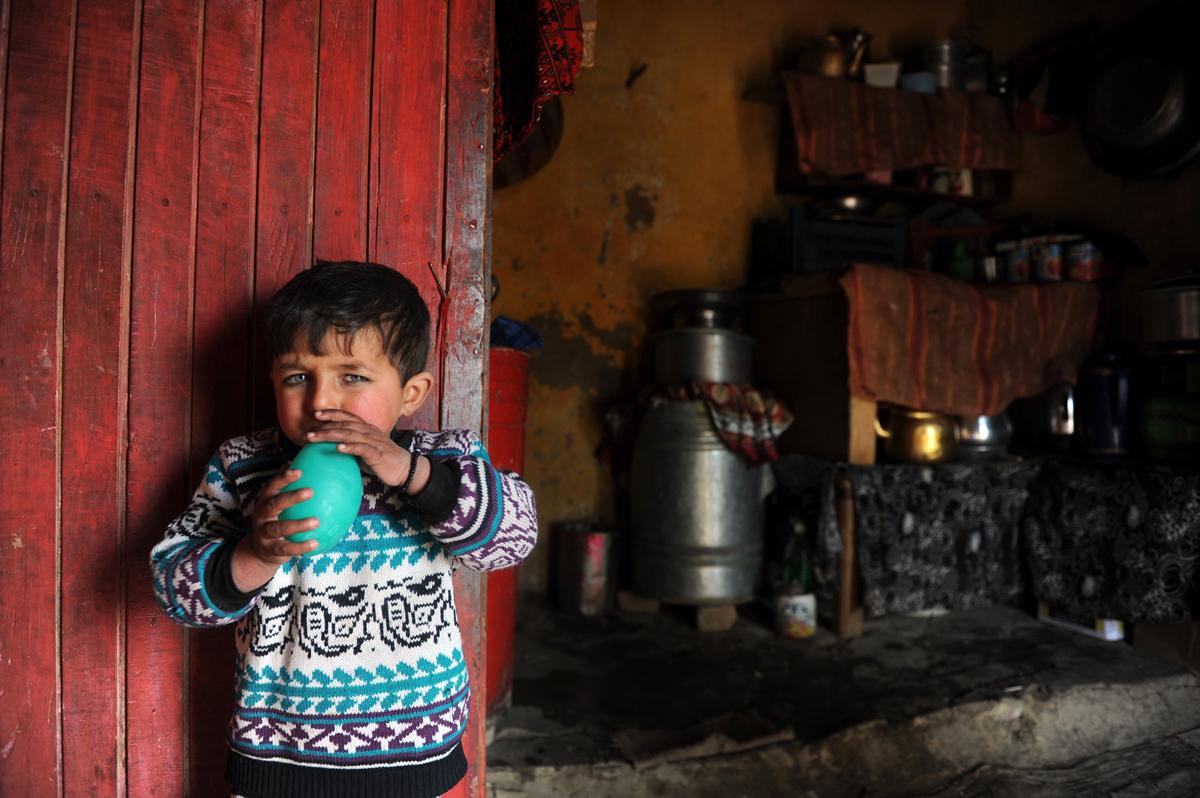Foreverstan: The legacy of America’s longest war in 8 photos from photojournalist Farshad Usyan
An Afghan boy plays with a balloon at his house in Mazar-i-Sharif in 2014.
In so many ways, 9/11 was the start of a whole new era. But you could also say that new era actually began much, much earlier.
In the winter of 1993 I ducked into a diner in lower Manhattan. I was a young street reporter for the New York Daily News.
That winter day is linked directly to this September 11th, 14 years after what we now call, simply, 9/11.
I was there, that 1993 day, having lunch with a colleague. We were just about to order and suddenly there was this loud bang!
The people in the diner noticed, but it was New York, so we just shrugged and kept talking. About 20 seconds go by and then we heard sirens — then a lot more sirens. I went to go find out what was happening.
The police were setting up a cordon around the entrance to the parking garage of the World Trade Center as thick black smoke was pouring out.
There were people being carried out on stretchers after a mysterious explosion. Remember, it was 1993 no one was thinking about terrorism back then. The firefighters and cops thought it was a generator explosion.
I snuck past the police tape and caught a glimpse inside the parking garage. The smoke was thick and it was dark, but first responders began to string up emergency lighting. As the lights flickered on I could see a crater, five stories deep and lined with cars that had tumbled down into the hole. I knew it had to be a bomb.
The 1993 World Trade Center bombing killed six people and it turned out to be much more than a daily headline. It was the first strike by the movement that would become known as al-Qaeda.
Eight years later al-Qaeda attacked New York again with planes hitting the twin towers. After 9/11 the US went to war in Afghanistan. I was one of the first reporters on the ground in Kabul.
On the 14th anniversary of 9/11, the GroundTruth Project takes a deeper look at America's seemingly endless war and the impact it has had on the people on the ground. We're calling it Foreverstan. We've also produced a series of podcasts.
As a way into our series, get a visual sense of the legacy of the last 14 years in Afghanistan with these throught provoking images from photojournalist Farshad Usyan.
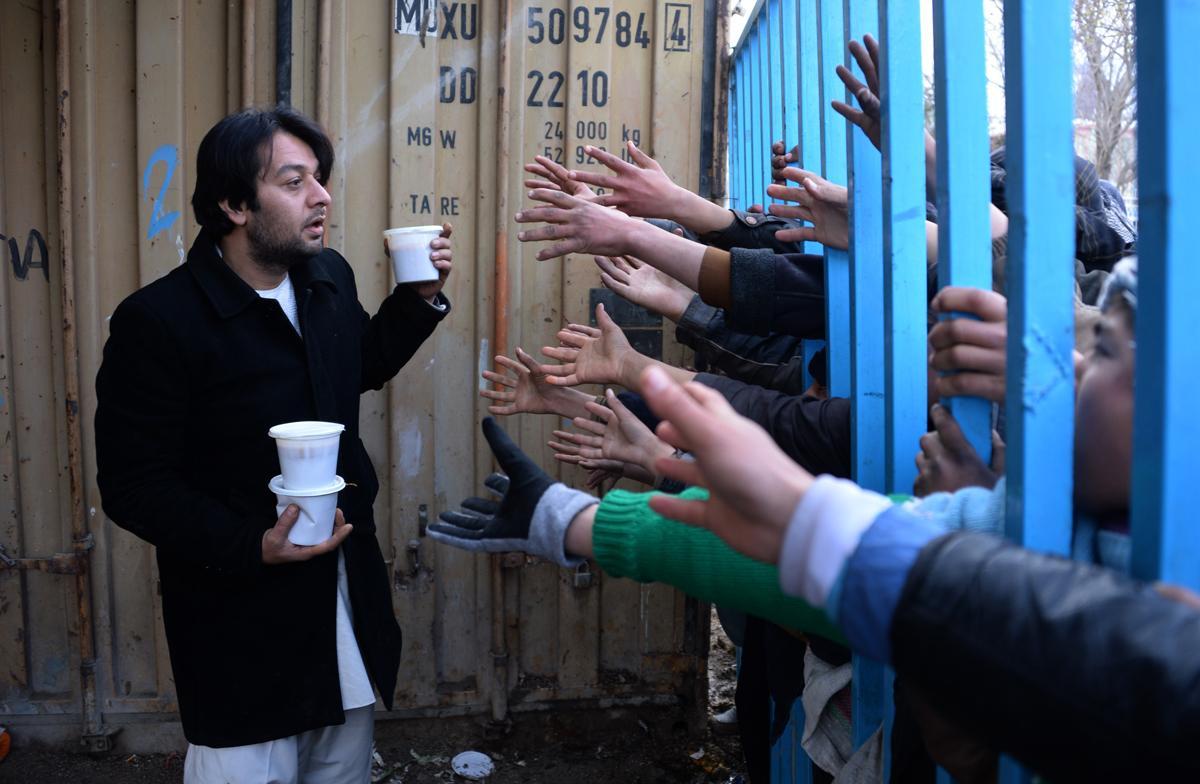
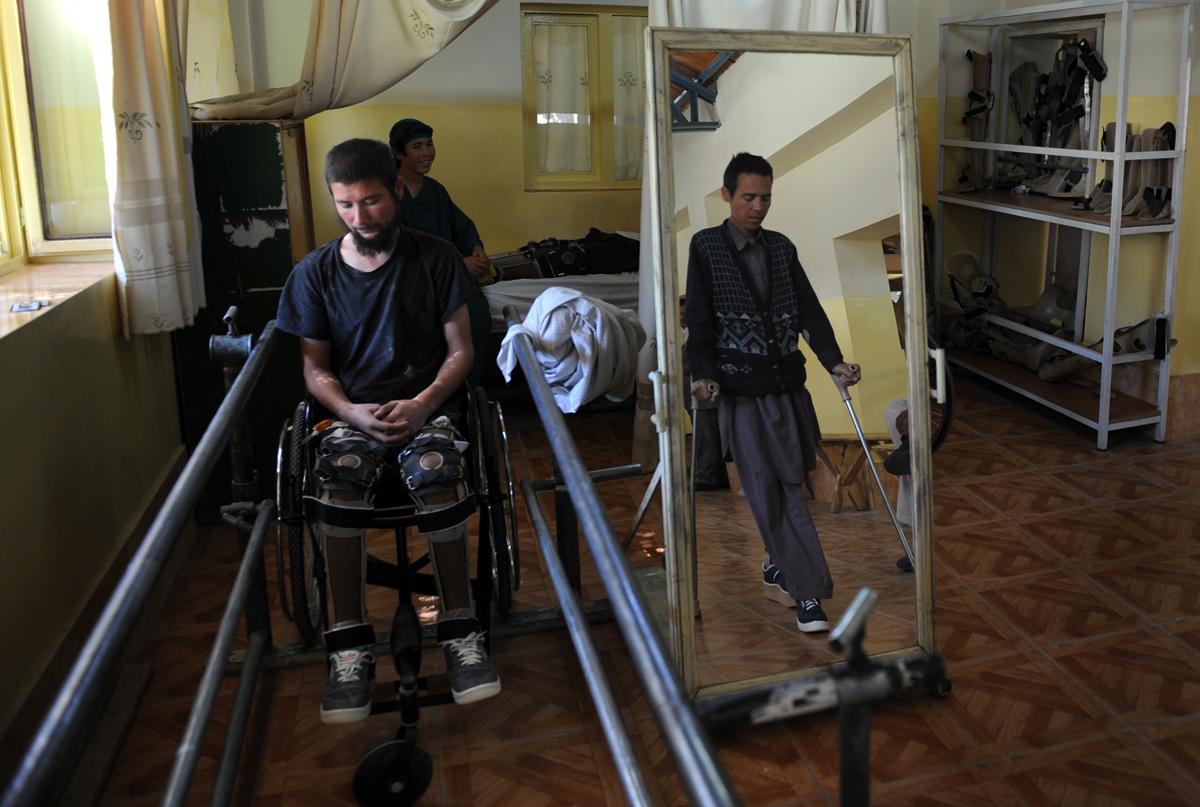
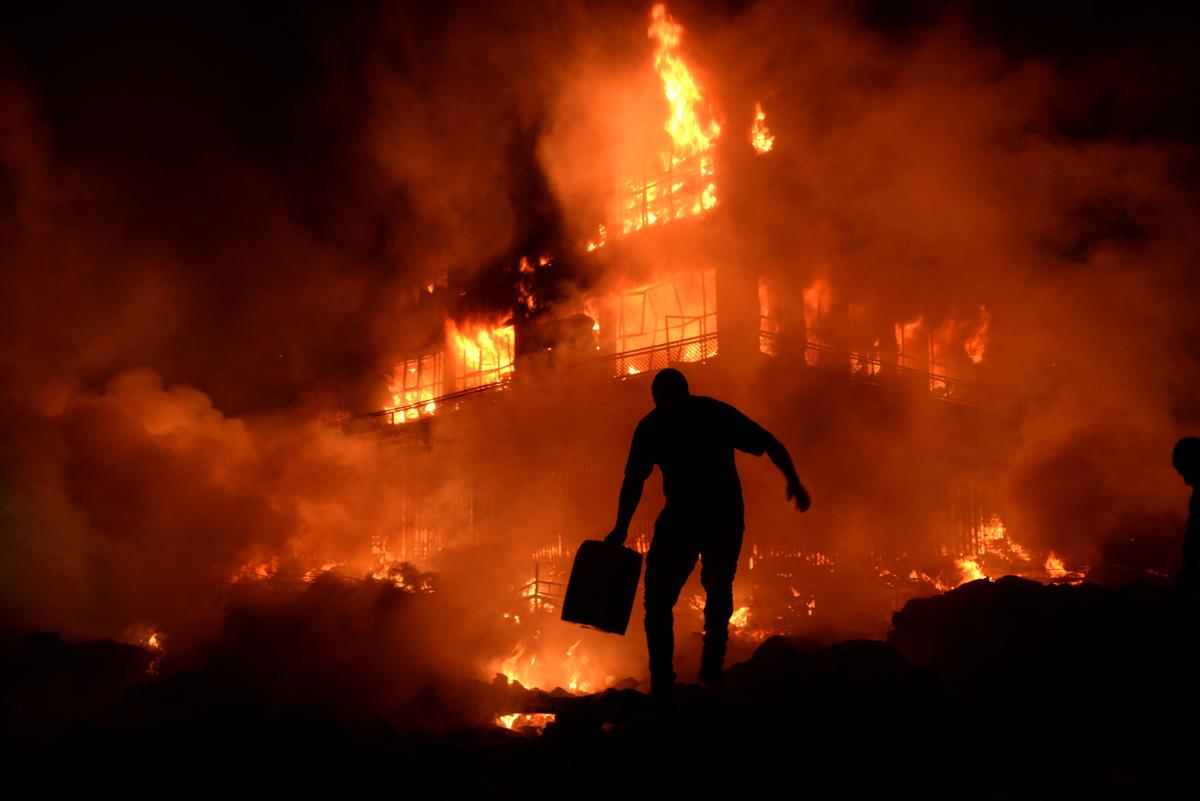
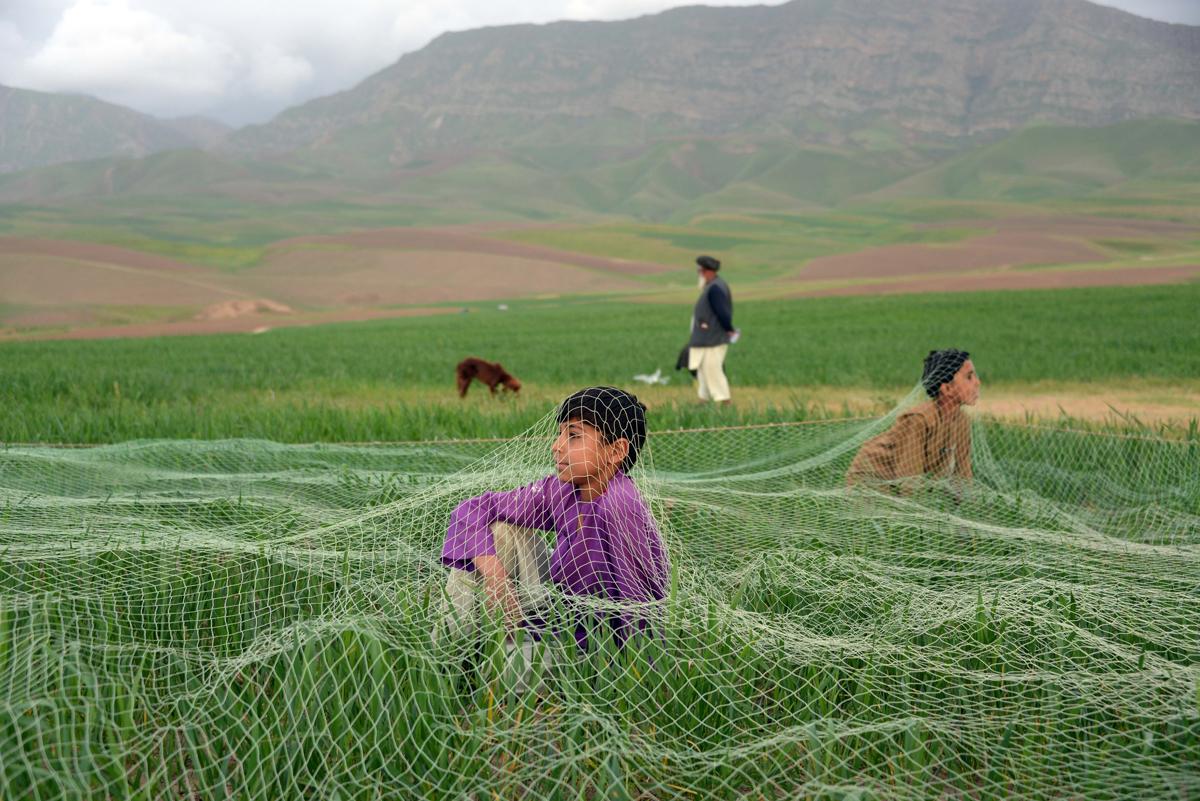
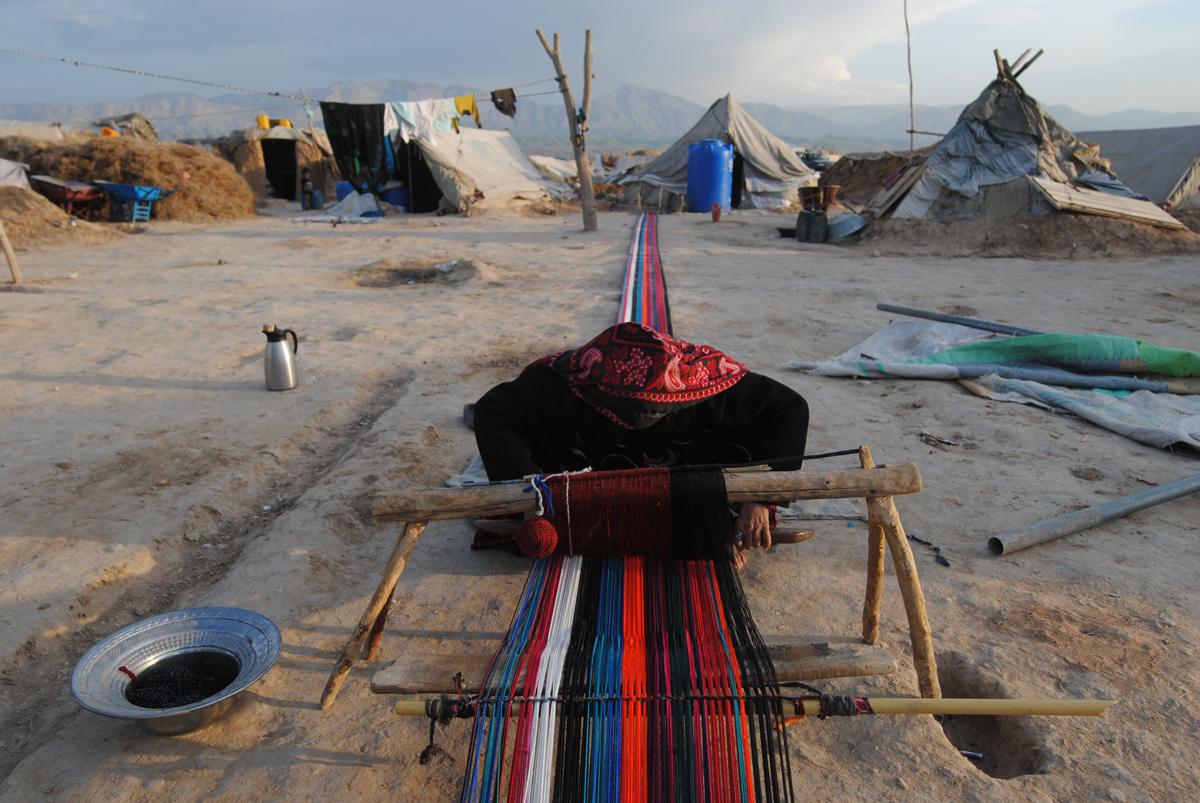
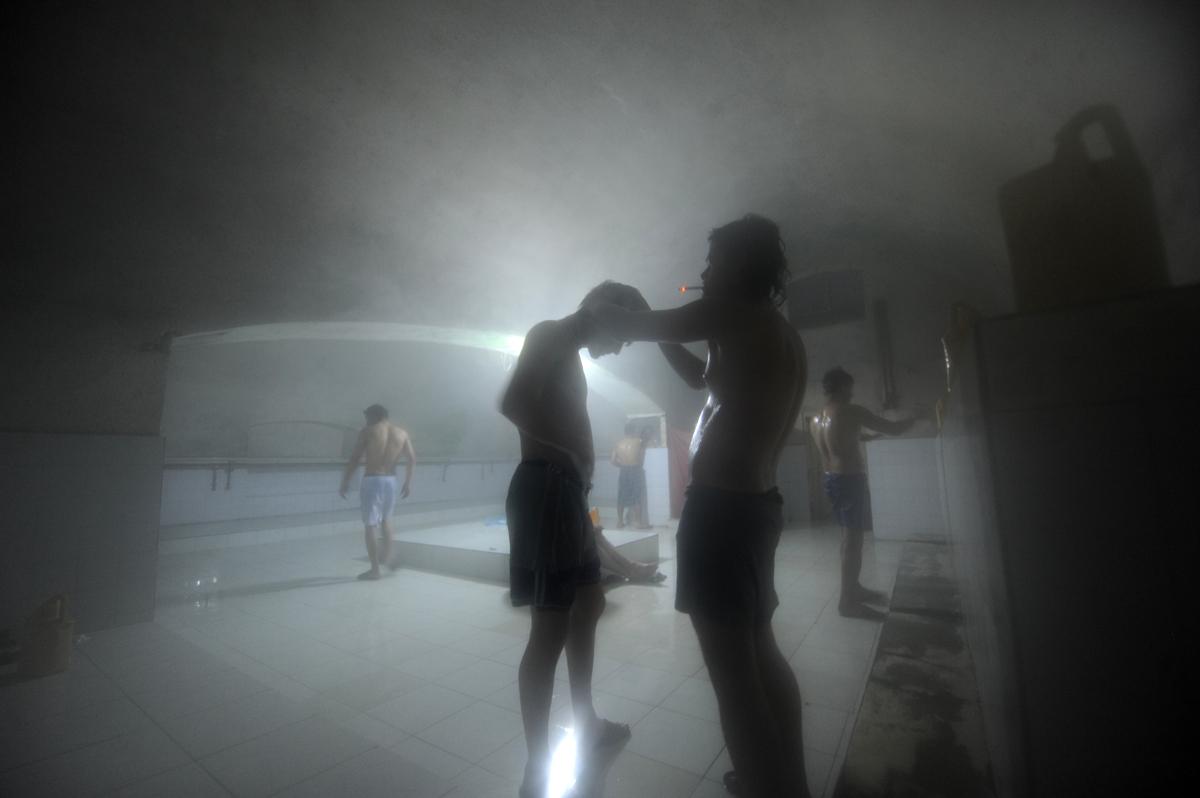
Our coverage reaches millions each week, but only a small fraction of listeners contribute to sustain our program. We still need 224 more people to donate $100 or $10/monthly to unlock our $67,000 match. Will you help us get there today?
